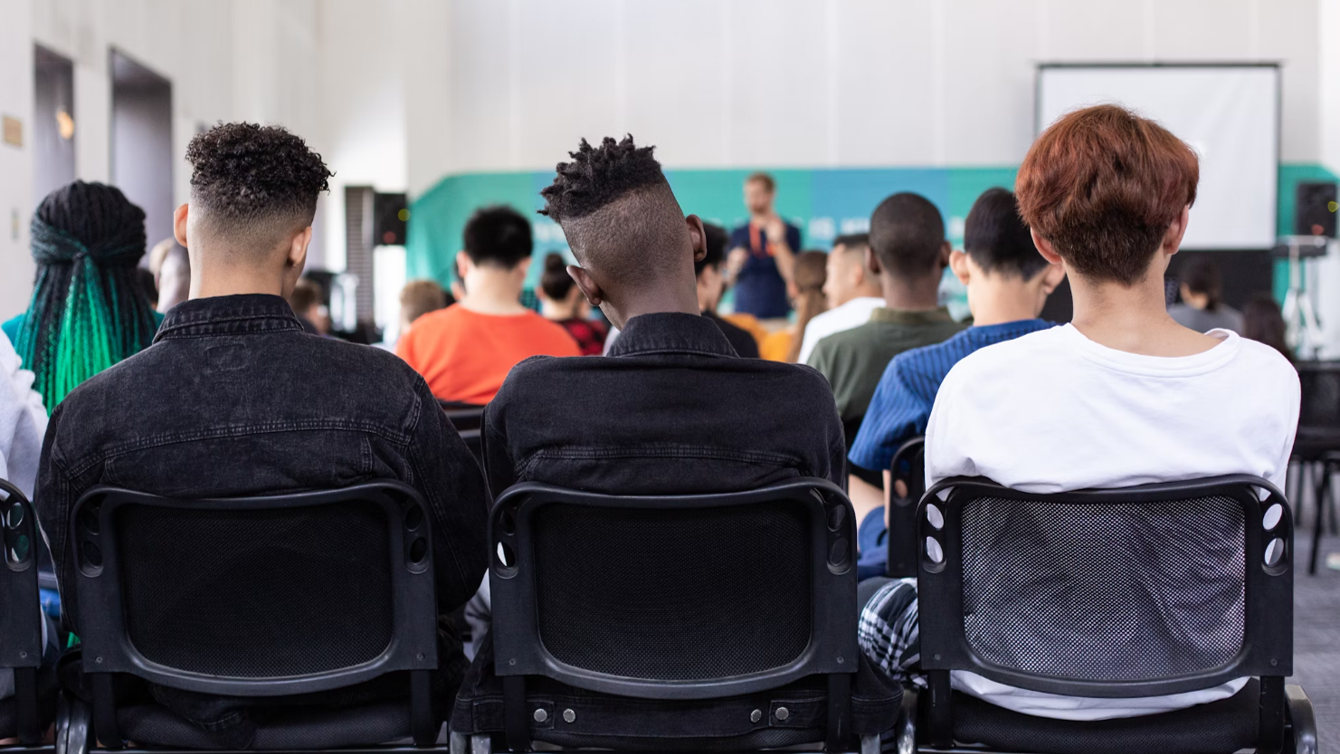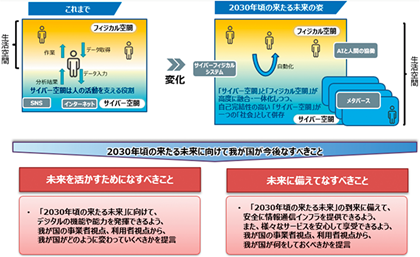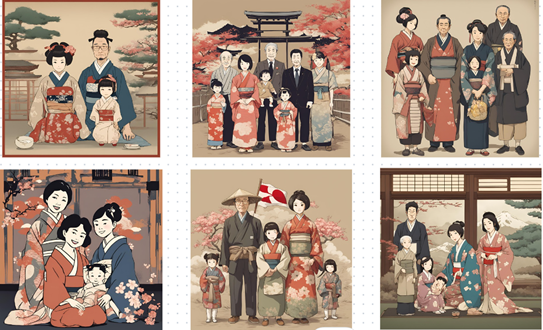How AI and Humans Coexist, as Learned from the Latest Seminars

On June 1, I participated in the “AI and Data Science Education for Non-professionals: Introduction of Practical Examples of Lessons at Junior High School, High School, and University / Future Education Seminar” held in Osaka. The theme of the 2024 Future Education Seminar was “Creating Future Education Together”. The seminar focuses on the following four main theme areas in order to support and encourage children’s learning through Japanese-style school education in 2024. (1)Diversity education (2)Deep learning (3)Proactive and interactive (4)New education and learner-centered class design that utilizes DX and data. Based on the theme of what kind of “literacy” is required in the coming age. The lecture was not for AI/statistics specialist education, but for AI and data science (DS) education in junior and senior high school regular courses and general education. The event was co-sponsored by Osaka Kyoiku University and the AIST Artificial Intelligence Technology Consortium, and was attended by about 40 people, including those working for the field of education, university staffs, and company presidents.
The speakers were the following three persons.
・Mr. Hyoma Hayashi: Visiting researcher at the Center for Mathematical and Data Science, Kobe University, and a leader of the Education WG of the Artificial Intelligence Technology Consortium at the National Institute of Advanced Industrial Science and Technology (AIST), and a member of the Industrial Collaboration Committee of the Japanese Society for Artificial Intelligence.
・Mr. Takayuki Masuda: Department of Mathematics and Educational Research, Osaka Kyoiku University Senior High School, Ikeda, Osaka, Japan. Doctor of Science.
・Mr. Ken Yasumatsu: Specially Appointed Associate Professor, Osaka Kyoiku University / Director, The Japan Society for Creation Science and Technology; WG Leader, Artificial Intelligence Technology Consortium, National Institute of Advanced Industrial Science and Technology (AIST). Doctor of Management Science.
If you ask a simple question like ‘1 + 1’ to an elementary school student or to a graduate student, the same answer of ‘2’ will be returned. However, if you ask a more complex question, only graduate students will probably be able to answer. This difference can be seen as the difference between ChatGPT4 and ChatGPT4o.” In the seminar, the study also focused on the difference in language learning between humans and AI, with the following example: “Mimanasasai dajiina orashise. (the replacement of the letters in ‘Important Notice to Everyone’)” is understood only by humans, which is very unique. (when you actually search for it on ChatGPT, you will get the message “I cannot understand.”)
(Image 1: ChatGPT input: “Mimanasai ni dajiina orashise.”)

(Reference:https://chatgpt.com/)
AI, for which commands have been set in advance, uses a vast amount of past data to decompose speech based on written language (Siri/Google Assistant also requires a process to convert speech into written language), but humans do not decompose speech into written language when they talk. In addition, there is of course no setting of commands. He explained that AI and humans have completely different language learning and processing methods, resulting in the differences shown above.
On June 8 (Sat.), I attended New Education Expo 2024, a seminar and exhibition for educators held at the Tokyo Fashion Town Building. According to the official website, last year’s event attracted a total of 6,500 visitors for three days in Tokyo and 4,100 visitors for two days in Osaka, indicating that it is a large-scale education-related event. The event was held for three days from June 6 to 8, and will be held on June 14 and 15 in Osaka in 2024.
It is supported by 29 organizations including the Ministry of Education, Culture, Sports, Science and Technology, the Ministry of Internal Affairs and Communications, and the Ministry of Economy, Trade and Industry, as well as by about 100 education-related companies.
The venue was divided into 10 rooms (including mini-seminars), and 100-minute lectures were held in each room. This blog focuses on two of the seminars which I attended.
Seminar Title: “Ethical Issues of Digital Citizenship-Generated AI and ELSI Perspectives”
In January 2023, the Ministry of Internal Affairs and Communications (MIC) established the Comprehensive Policy Committee of the Information and Communications Policy Subcommittee under the Information and Communications Council, which deliberated on the direction Japan should take in the future based on a vision of “the future in 2030,” and in June 2023 issued a final report entitled “The State of Information and Communications Policy with a View to Around 2030.
(Image 2: Direction Japan should take toward the future around 2030)

(Reference: https://www.soumu.go.jp/johotsusintokei/whitepaper/ja/r05/html/nd25122f.html)
The Ministry of Internal Affairs and Communications describes the future around 2030 as follows.
Given changes in the socioeconomic environment, such as a declining working population due to the aging of society and falling birthrate, and advances in information and communication technologies such as AI and robotics, it is expected that cyberspace and physical space will be highly integrated and unified around 2030, and cyberspace will also become a new form of “society” and expand the existing living space. In this future, people will be able to concentrate on more essential activities and lead affluent lifestyles that meet their individual lifestyles and needs, no matter where they are in Japan.
(1)Cooperation between AI and humans (AI agents)
Interaction between AI and humans, AI and the environment, AI and AI, etc., will support people’s daily life and economic activities in the physical space to realize richer lifestyles.
(2) Advanced integration of cyber and physical systems
a. Improvement of safety and efficiency through feedback (reflection) from cyberspace to physical space by utilizing robots, etc.
b. Participation in remote physical space activities (daily life, economic activities) via cyber space to mutually supplement the missing parts or participate in socioeconomic activities free from constraints in physical space (remoteness of existence).
(3)Emergence of new places for living and economic activities (metaverse, etc.)
Through avatars, people live or engage in socioeconomic activities in cyberspace, free from various restrictions unique to physical space.
(https://www.soumu.go.jp/johotsusintokei/whitepaper/ja/r05/html/nd25122f.html)
In this way, the progress toward a society coexisting with AI is unavoidable. The theme of this seminar was digital citizenship, and emphasized that always humans handle AI and make the final decision (at this point) in this seminar. We humans need to be updated to adapt to technological innovations, and this is where the meaning of education lies.
In addition, as a characteristic of AI, if the input data is biased, it is natural that the results produced by the AI will also be biased. This is especially true for Canva’s image generating system. For example, if you input the words “nurse,” “police officer,” “chief arrested,” “Nobel peace prize,” etc., the generated images are full of stereotypes such as a young female nurse, a white police officer who appears to be a strong American, a man who appears to be black, and an elderly white man with a beard. It should be recognized by users again that the amount of information circulating about AI will greatly affect the answers/results. Even if “AI is smart,” it is human beings who find value in it and make conclusions and judgments. It is also essential to understand the prerequisite knowledge of gender and sociology and so on.
(Image 3: Canva online AI image generator “Family in Japan”)

(Reference: https://www.canva.com/ja_jp/ai-image-generator/)
Population decline also affects university entrance examinations: starting with the 2022 entrance examinations, the “number of applicants” has finally fallen below the “number of examinees,” and with the exception of a few universities, we have entered an inexperienced era which is all applicants can enroll. The percentage of general selection has already been decreasing year by year, with approximately 60% of private universities and 20% of national universities using the comprehensive type or school recommendation type of selection. At Tohoku University, about 30% of the entrance examinations are already AO examinations. The traditional approach to entrance examinations is coming to an end. With the focus on “independent learning” and “active learning,” what are some examples of educational practices that will help students achieve a start-up? I would like to introduce the following seminar.
・“From Exploration to Startup Creation: Exploring Possibilities from a Teenager’s Perspective”
Are you familiar with the term “technical college”? There are 51 national colleges of technology (national technical colleges) in Japan, including 3 public technical colleges and 4 private technical colleges, with approximately 60,000 students currently enrolled. 40% of these students go on to higher education, while 60% find employment. Technical colleges are institutions of higher education that aim to nurture practical and creative engineers, and are characterized by the fact that they specialize in problem-based learning (PBL), with students beginning their technical education at the age of 15. A speaker said, “Almost all of the faculty members have PhD, and each faculty member is also engaged in research, so the school culture is very freedom, and teachers do not interfere with student failures.” In addition, about 20% of students who enter a technical college have the potential to become entrepreneurs, in his opinion. However, only the students who did not succumb to peer pressure can innovate. When the birth rate was high, there was enough surplus population that it did not matter if all young people did not see social issues as their own problem, but it is all different in this period. Words from the speakers were filled with hope and enthusiasm, “Not old people, but young people are the ones who should be lead the society. Because they have enough potential.”
There were two participants who are currently attending a technical college. The audience was laughed when they said “If we have only such people like me, the school will collapse.” The seeds of “such human resources” must not be nipped in the bud. In Japan, there is a huge cultural barrier to the creation of entrepreneurial talent: “The jealousy stifles the talent.” Even in such a situation, they said, “My parents never opposed me when I made decisions, and I think the experience of being left freedom has led me to where I am today.” I think this will help encourage the creation of entrepreneurs. It might also be important for adults to be involved in education, being mentally prepared to leave the, alone to some extent rather than overprotect them from failure.
Corporate Planning Group, Maria Tanaka
[References]
[Ministry of Internal Affairs and Communications]Ministry of Internal Affairs and Communications,総務省|令和5年版 情報通信白書|「2030年頃を見据えた情報通信政策の在り方」最終答申の概要 (soumu.go.jp) (Accessed 10 June. 2024.)



